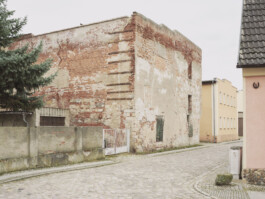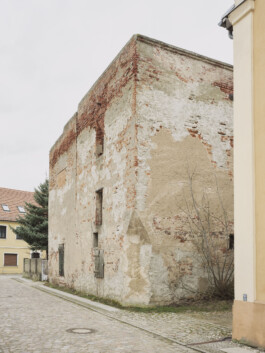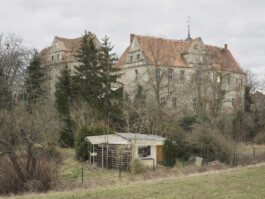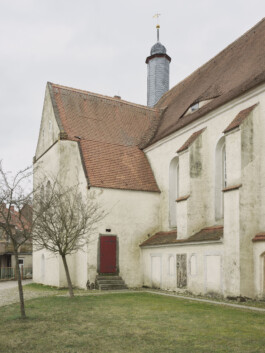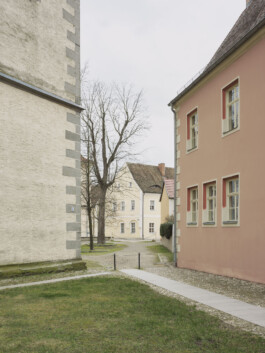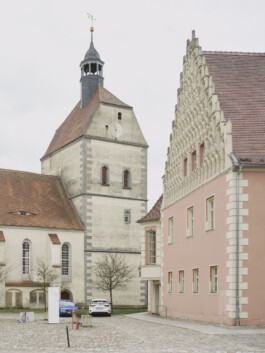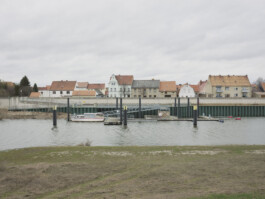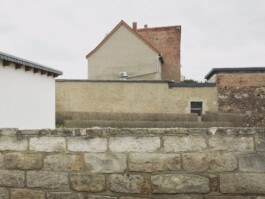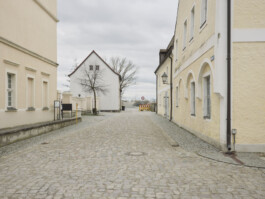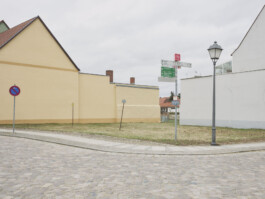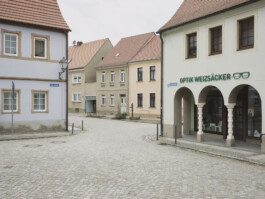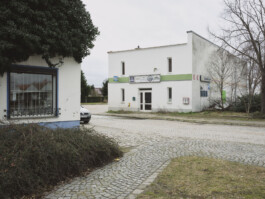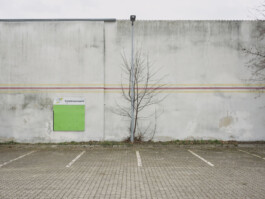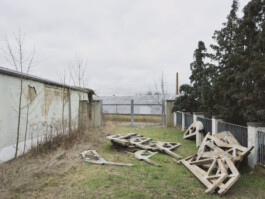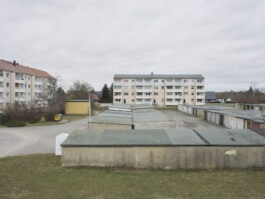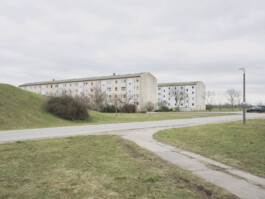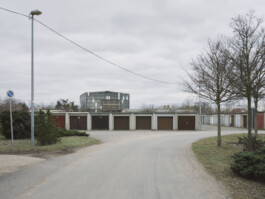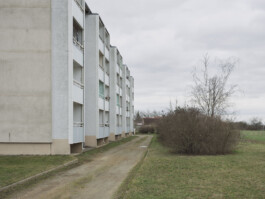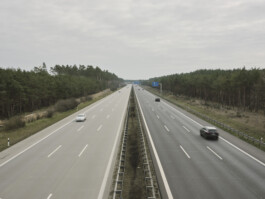
GRANICA
The German-Polish border stands as a significant geopolitical boundary in Central Europe, established in the aftermath of World War II. Stretching roughly 460 kilometers from the Baltic Sea in the north to the Czech border in the south, it is primarily delineated by the Oder and Lusatian Neisse rivers.
Granica is a series that delves into the lifeworld of postmodern society far away from the demographically young and growing agglomerations. It examines peripheral zones and interspaces that serve as silent witnesses to the enduring processes of separation, upheaval and transformation – shaping the intricate and evolving identity of this region over time.
¬ photographs from 2012 – 2016
__
Usedom
view across the border towards Świnoujście

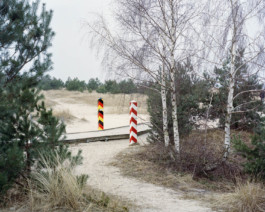
__
Uznam
view across the border towards Ahlbeck
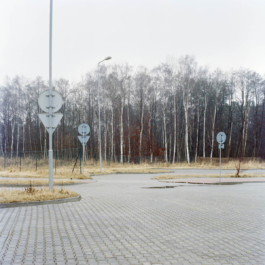
__
Paprotno (Świnoujście)
former border checkpoint
__
Kamminke
north bank of 'Stettiner Haff' / 'Zalew Szczeciński'
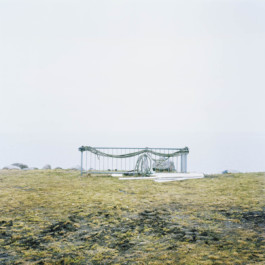
__
border crossing Dobieszczyn – Hintersee
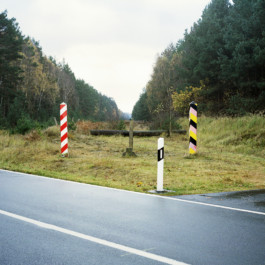
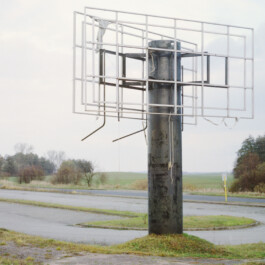
__
Rosówek
former information board at border checkpoint
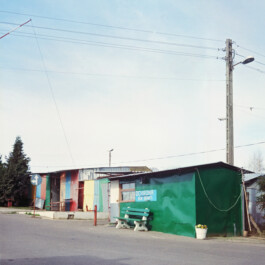
__
Krajnik Dolny
border market
__
Schwedt/Oder
'Plattenbau' in 'Neubaugebiet Wohnkomplex IV'
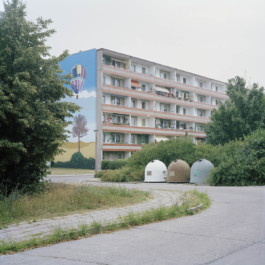
__
Schwedt/Oder
residential building
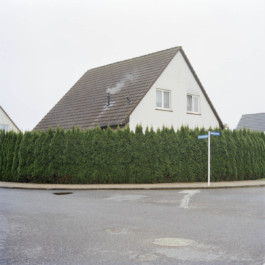
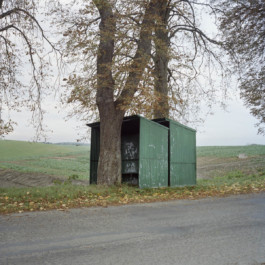
__
Krzymów (Chojna)
bus stop
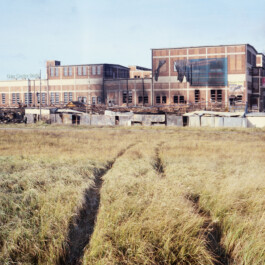
__
Osinów Dolny
border market 'Oder Center Berlin' after a fire
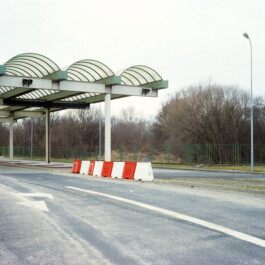
__
Kostrzyn nad Odrą
former border checkpoint
__
Küstrin-Kietz
view across the Oder towards Kostrzyn nad Odrą

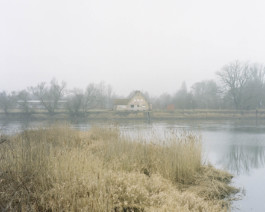
__
Kostrzyn nad Odrą
view across the Oder towards Küstrin-Kietz
__
Küstrin-Kietz
former barracks
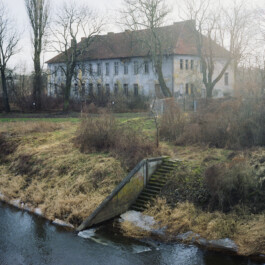
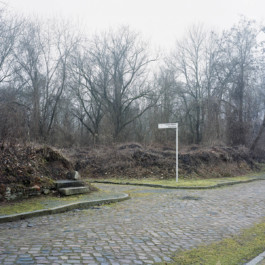
__
Kostrzyn nad Odrą
remains of the old town of Küstrin (destroyed in 1945)
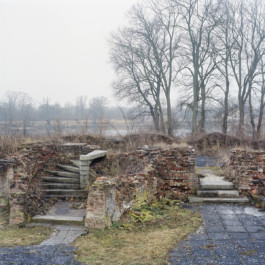
__
Kostrzyn nad Odrą
remains of the old town of Küstrin
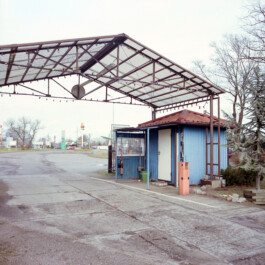
__
Kostrzyn nad Odrą
exit of border market 'Kostrzyn bazar'
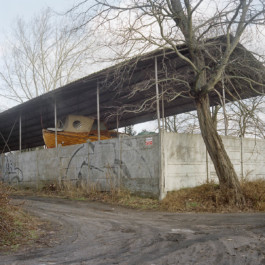
__
Kostrzyn nad Odrą
boat storage
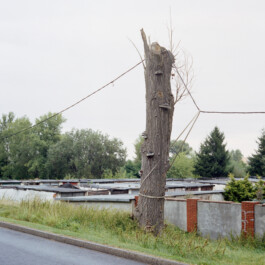
__
Słubice
electricity tree and garage yard
__
former bunker facility

__
Eisenhüttenstadt
residential area Fürstenberg (Oder)
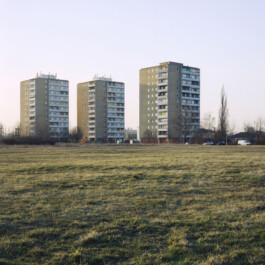
__
Eisenhüttenstadt
ruins of the Oder bridge (blown up in 1945)
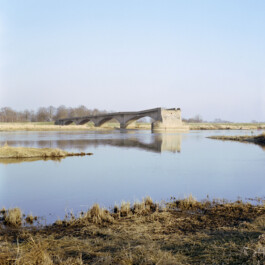
__
Ratzdorf
lamp post
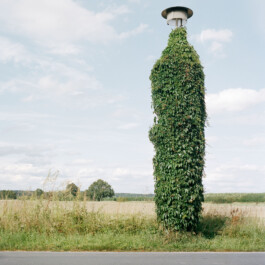
__
Ratzdorf
water level station at the Oder
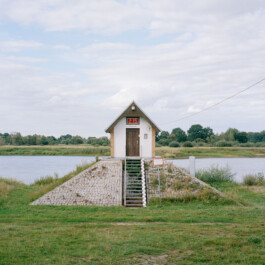
__
Guben
train station
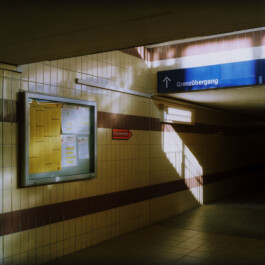
__
Forst
view across the Neisse with former footbridge (destroyed 1945) towards Zasieki
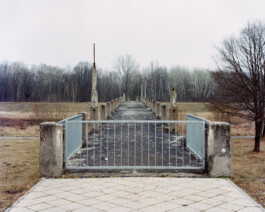
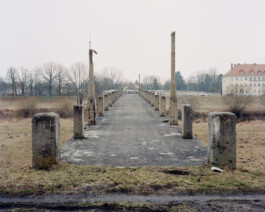
__
Zasieki
view across the Neisse with former footbridge towards Forst
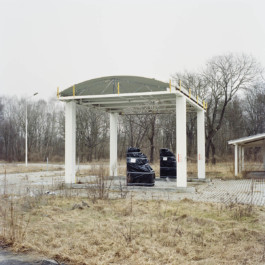
__
Zasieki
closed gas station
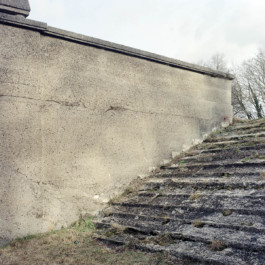
__
Zasieki
weathered stairs at former Neisse bridge
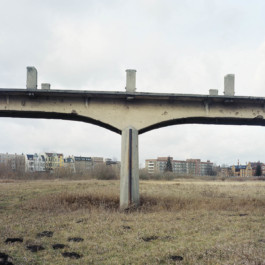
__
Zasieki
view under destroyed footbridge towards Forst
__
Bad Muskau
office chair in Muskauer Park
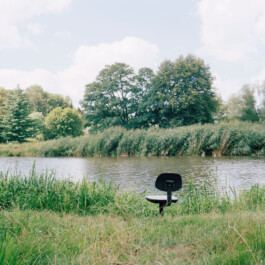
__
Görlitz
view across the Neisse towards Zgorzelec
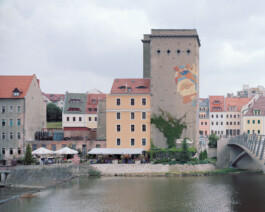
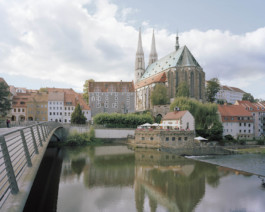
__
Zgorzelec
view across the Neisse towards Görlitz
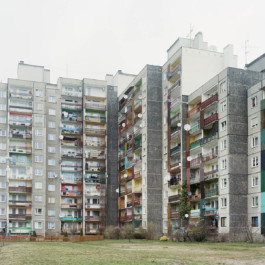
__
Zgorzelec
residential building
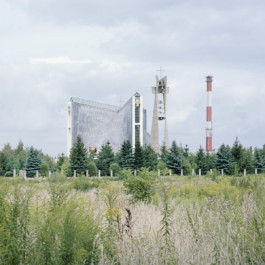
__
Zgorzelec
church 'Józefa Robotnika i Barbary' located in an industrial area
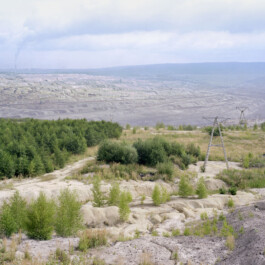
__
Sieniawka (Gmina Bogatynia)
Turów Coal Mine
__
Zittau
German-Polish-Czech tripoint
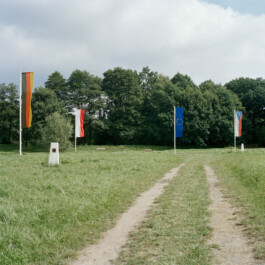
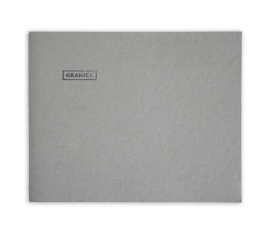
__
GRANICA – photobook
softcover, size: 20 x 16 cm
80 pages, 60 colour photographs
self-published in 2016
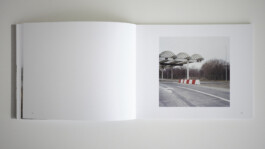
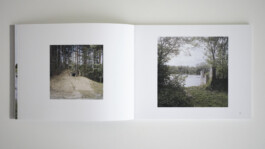

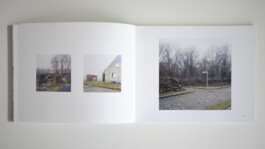
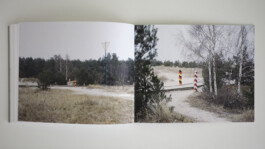
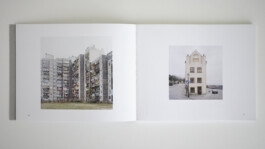
You have reached the southernmost point.
Click here to go back north.
_
Granica
The German-Polish border stands as a significant geopolitical boundary in Central Europe, established in the aftermath of World War II. Stretching roughly 460 kilometers from the Baltic Sea in the north to the Czech border in the south, it is primarily delineated by the Oder and Lusatian Neisse rivers.
Granica is a series that delves into the lifeworld of postmodern society far away from the demographically young and growing agglomerations. It examines peripheral zones and interspaces that serve as silent witnesses to the enduring processes of separation, upheaval and transformation – shaping the intricate and evolving identity of this region over time.
¬ photographs from 2012 – 2016

__
Usedom
view across the border towards Świnoujście

__
Uznam
view across the border towards Ahlbeck

__
Paprotno (Świnoujście)
former border checkpoint

__
Kamminke
north bank of 'Stettiner Haff' / 'Zalew Szczeciński'

__
border crossing Dobieszczyn – Hintersee

__
Rosówek
former information board at border checkpoint

__
Krajnik Dolny
border market

__
Schwedt/Oder
'Plattenbau' in 'Neubaugebiet Wohnkomplex IV'

__
Schwedt/Oder
residential building

__
Krzymów (Chojna)
bus stop

__
Osinów Dolny
border market 'Oder Center Berlin' after a fire

__
Kostrzyn nad Odrą
former border checkpoint

__
Küstrin-Kietz
view across the Oder towards Kostrzyn nad Odrą

__
Kostrzyn nad Odrą
view across the Oder towards Küstrin-Kietz

__
Küstrin-Kietz
former barracks

__
Kostrzyn nad Odrą
remains of the old town of Küstrin (destroyed in 1945)

__
Kostrzyn nad Odrą
remains of the old town of Küstrin

__
Kostrzyn nad Odrą
exit of border market 'Kostrzyn bazar'

__
Kostrzyn nad Odrą
boat storage

__
Słubice
electricity tree and garage yard

__
former bunker facility

__
Eisenhüttenstadt
residential area Fürstenberg (Oder)

__
Eisenhüttenstadt
ruins of the Oder bridge (blown up in 1945)

__
Ratzdorf
lamp post

__
Ratzdorf
water level station at the Oder

__
Guben
train station

__
Forst
view across the Neiße with former footbridge (destroyed 1945) towards Zasieki

__
Zasieki
view across the Neiße with former footbridge towards Forst

__
Zasieki
closed gas station

__
Zasieki
weathered stairs at former Neiße bridge

__
Zasieki
view under destroyed footbridge towards Forst

__
Bad Muskau
office chair in Muskauer Park
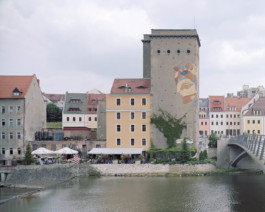
__
Görlitz
view across the Neiße towards Zgorzelec

__
Zgorzelec
view across the Neiße towards Görlitz

__
Zgorzelec
residential building

__
Zgorzelec
church 'Józefa Robotnika i Barbary' located in an industrial area

__
Sieniawka (Gmina Bogatynia)
Turów Coal Mine

__
Zittau
German-Polish-Czech tripoint

__
GRANICA – photobook
softcover, size: 20 x 16 cm
80 pages, 60 colour photographs
self-published in 2016






© Alexander Paul Brandes – Impressum/Legal
